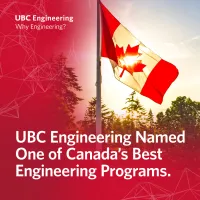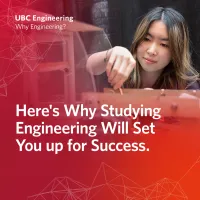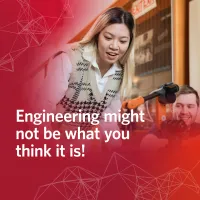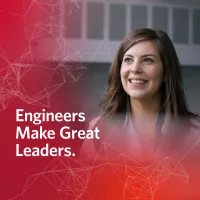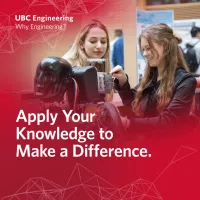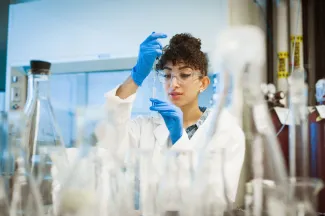"The students in my lab would gain skills in programming, parallel computing, using high performance computers and becoming familiar with machine learning packages."
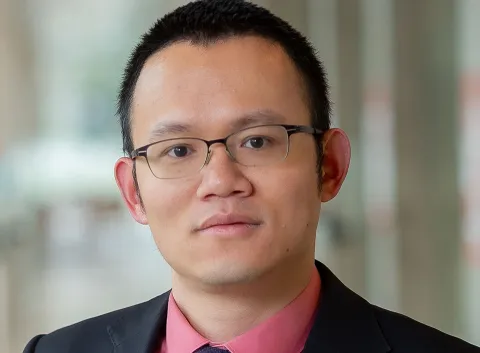
- Program:
- Campus: Vancouver
Position: Associate Professor
Education: BE (Zhejiang University), PhD (Purdue University)
What led you to engineering?
I was always very interested in math, and from a young age I was excited about how math could be applied to solve real-world problems.
Although I completed my undergraduate degree in biological engineering, over the course of my studies I realized my talents were more on the theoretical side.
During my PhD I focused on solving optimization and control problems.
Chemical and Biological engineering

Why did you decide to focus your career on research?
While I was a student, I kept wanting to solve deeper and more complex problems. During my PhD, I completed internships in industry for several companies, including United Airlines and Air Products. But I realized I wanted to work on more fundamental problems where my solutions could potentially have a broader impact.
For example, if I can propose an algorithm that solves a complex optimization challenge, it can benefit companies across multiple industries, rather than just one specific company.
What are the applications of your research?
This research is being used in many different areas, including energy system design and power management.
One interesting project underway by one of my post-doctoral fellows is on biomass conversions.
BC forestry operations tend to leave behind a large amount of forest residuals – like branches and needles that have been traditionally considered waste. This is an issue as it means forestry operators aren’t maximizing the value of the wood they are harvesting and the residuals are also a wildfire risk.
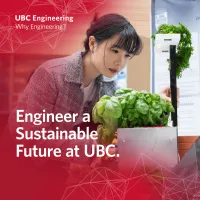
One solution has been to move the biomass from the forest to a centralized facility for processing into a value-added product, like a fertilizer or biofuel. But this too has its challenges. Forestry operations are located in remote areas and the transportation costs to move the biomass to a centralized facility are huge.
What my postdoc is proposing is to move the factory to the forest: bringing in small-scale reactors to convert the biomass into a usable product.
Our research then focuses on determining how to make this process as efficient as possible in terms of the size of the reactor, optimizing it so that it is as efficient as possible regardless of the type of input.
My postdoc created a company, Takachar, that is doing this work. Takachar has won lots of awards, including the Earthshot Prize and an award from the Musk Foundation, and the company has implementations in India and Kenya.
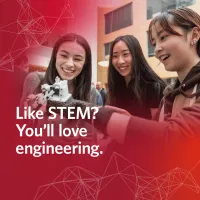
Another application of this research is some work I am doing for BC Hydro. BC will need to increase its electricity production to meet the growth in demand as a result of electrification of many industries.
Questions like “how do we generate more electricity in a clean way” or “how can BC Hydro manage their water resources more smartly” are ultimately optimization problems.
Why should students choose UBC?
UBC has a very strong reputation in sustainability, with many faculty working on cutting-edge energy applications or working on sustainable energy systems. It’s an exciting place to study!
